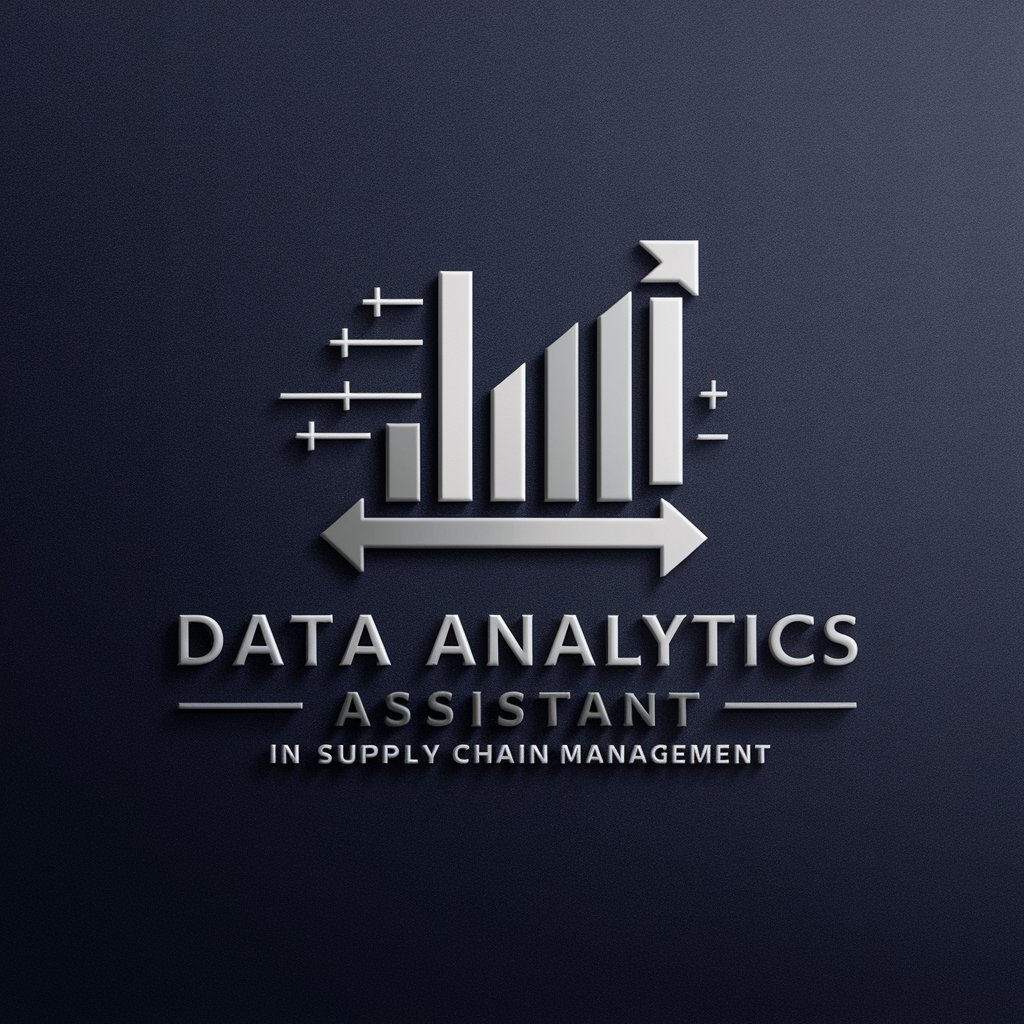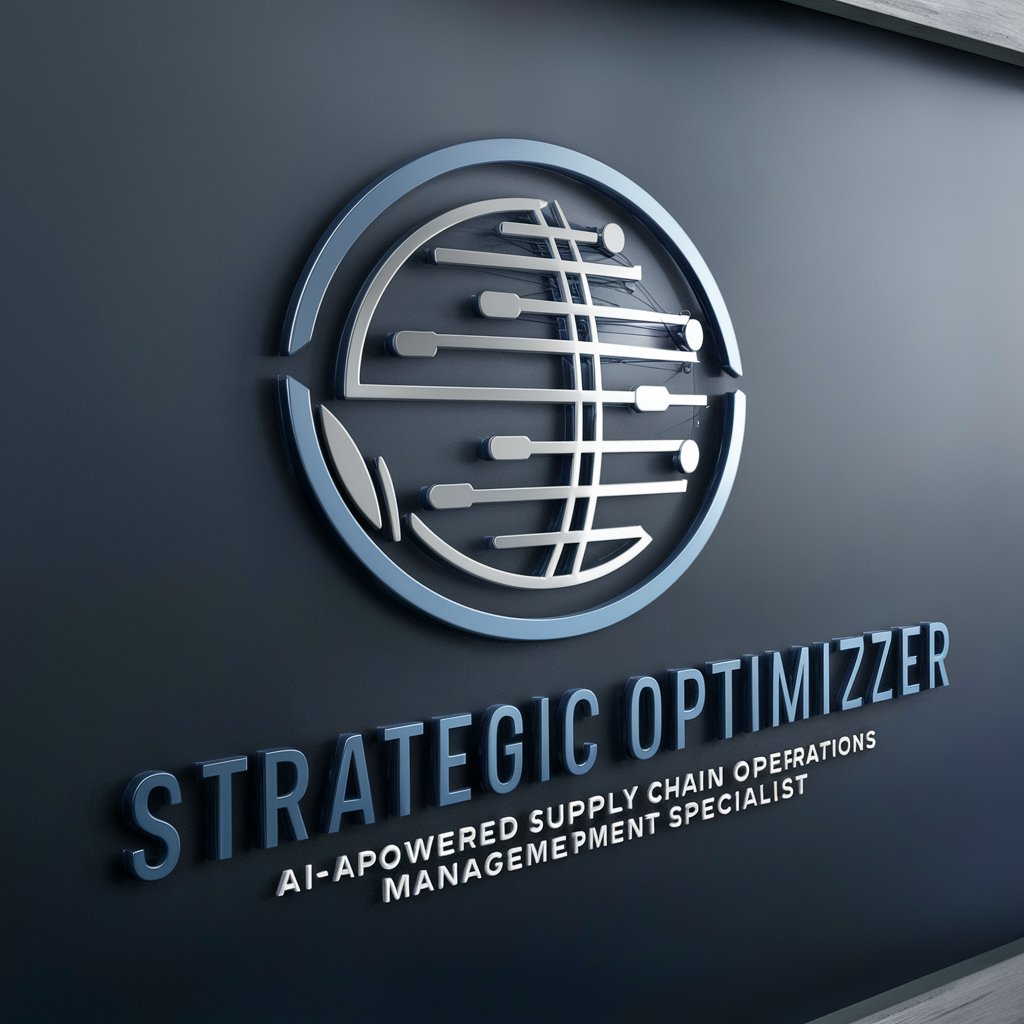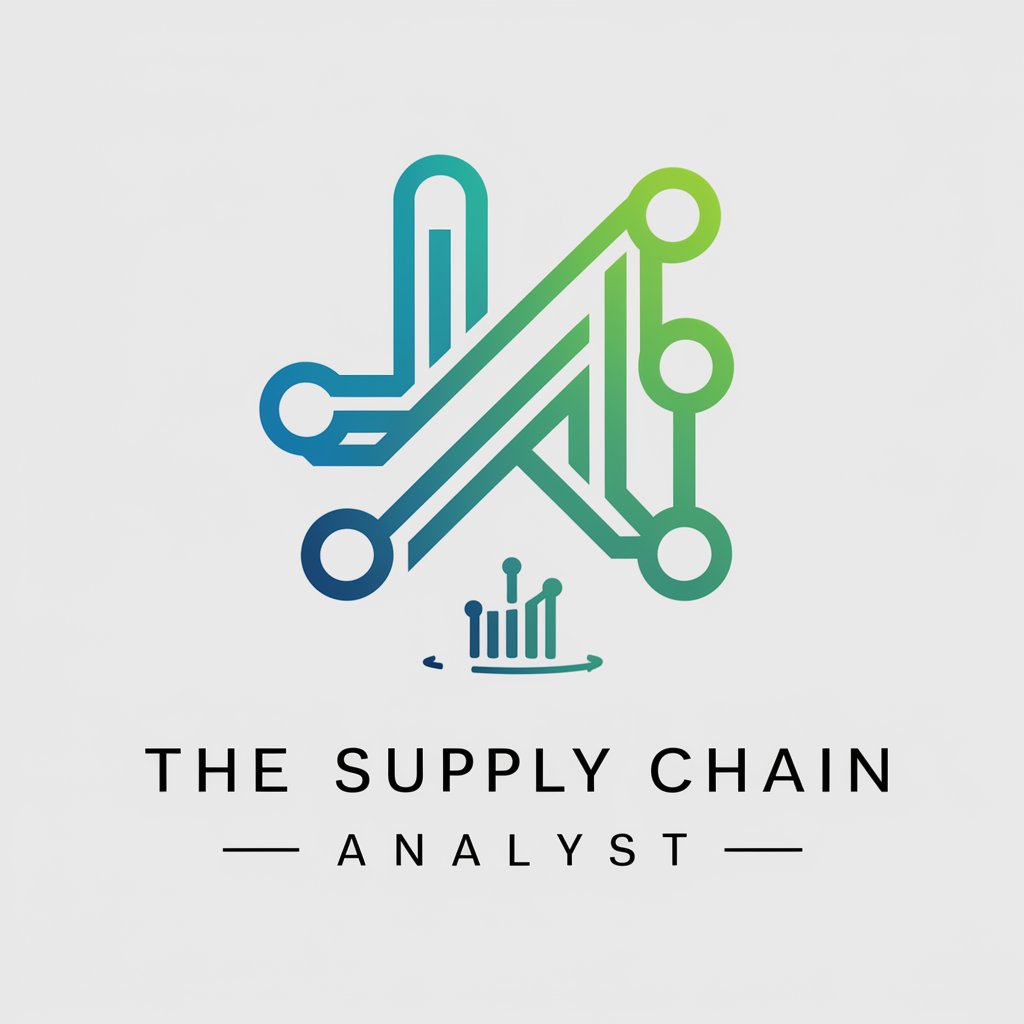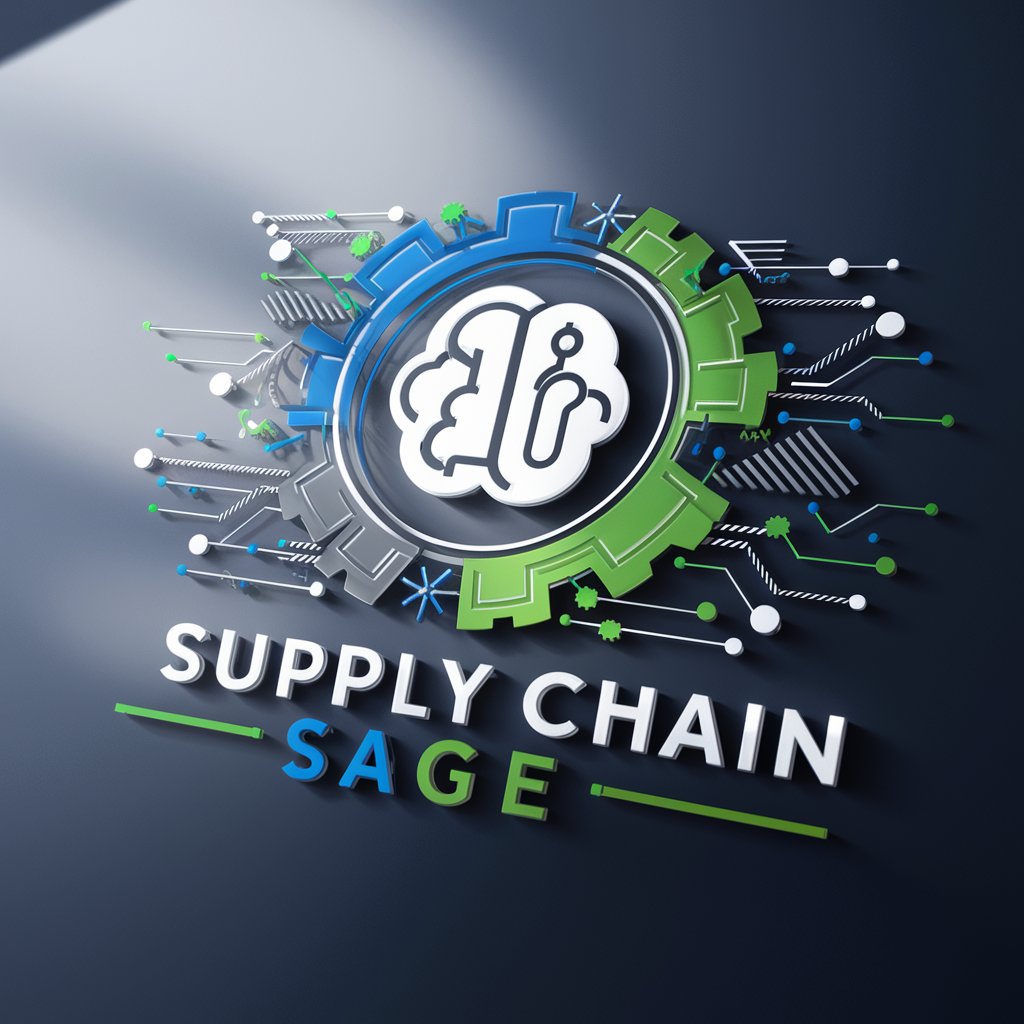
Supply Chain Q System - Quantum-Economic Supply Chain Insights

Welcome to the ultimate synergy of supply chain and economic intelligence.
Empowering decisions with AI-driven supply chain and economic insights.
Analyze the impact of current economic trends on supply chain logistics and provide forecasts for the next quarter.
Generate a detailed report on optimizing supply chain efficiency using quantum computing algorithms.
Assess the potential risks and opportunities in global supply chains due to recent market fluctuations.
Create a strategic plan to improve supply chain resilience considering the latest economic indicators.
Get Embed Code
Introduction to Supply Chain Q System
The Supply Chain Q System represents a cutting-edge integration of quantum computing capabilities with advanced economic forecasting and analysis, specifically designed to enhance decision-making in supply chain management and economic planning. This system is engineered to leverage the processing power of quantum computing for complex logistics optimization and combines it with the Economind's prowess in economic analysis to provide comprehensive, data-driven insights. For instance, in the context of a global manufacturing firm, the system could analyze vast datasets to optimize shipping routes and schedules while simultaneously considering economic factors like trade tariffs, labor market conditions, and currency fluctuations to forecast demand and supply trends. Powered by ChatGPT-4o。

Main Functions of the Supply Chain Q System
Optimized Logistics Planning
Example
Determining the most efficient shipping routes and schedules for a multinational corporation's global distribution network.
Scenario
Using quantum computing, the system calculates the optimal paths and transportation methods across various modes (sea, air, land) to reduce costs and delivery times, factoring in real-time data on weather conditions, port congestion, and carrier availability.
Economic Forecasting and Analysis
Example
Predicting market demand for a new product launch across different regions.
Scenario
Economind component analyzes economic indicators, consumer trends, and competitive landscapes to forecast demand. This allows companies to adjust their production schedules, inventory levels, and marketing strategies accordingly.
Supply Chain Risk Management
Example
Identifying and mitigating risks associated with supplier reliability and geopolitical tensions.
Scenario
The system assesses risks in the supply chain by evaluating supplier performance history, political stability of source countries, and potential impacts of trade policies, offering strategies to mitigate these risks through diversification or alternative sourcing.
Sustainability Analysis
Example
Assessing the environmental impact of supply chain operations and identifying areas for improvement.
Scenario
Leveraging data on carbon emissions, resource consumption, and waste generation across the supply chain to suggest optimizations for reducing environmental footprint while maintaining operational efficiency.
Ideal Users of the Supply Chain Q System
Global Manufacturing Companies
These organizations, dealing with complex, multinational supply chains, benefit from the system's capabilities in optimizing logistics, forecasting demand, and managing risks across diverse markets and regulatory environments.
Retail and E-commerce Giants
With a critical need for efficient inventory management and distribution to meet consumer expectations for rapid delivery, these firms can leverage the system to streamline operations and anticipate market trends.
Government and Policy Makers
They use the system to understand economic trends, evaluate the impact of policies on trade and industry, and plan sustainable development initiatives by analyzing supply chain dynamics and economic indicators.
Environmental and Sustainability Organizations
These groups benefit from the system's ability to analyze and optimize for sustainability goals, helping to reduce carbon footprints and improve resource efficiency in supply chains.

How to Use Supply Chain Q System
1
Start by visiting yeschat.ai to access a free trial, no account creation or ChatGPT Plus subscription required.
2
Explore the interface and familiarize yourself with the dashboard to understand how to input your data and interpret results.
3
Input your supply chain data or economic parameters into the system, utilizing predefined templates or custom configurations to match your specific needs.
4
Analyze the system's output, which includes optimized supply chain solutions and economic forecasts tailored to your inputs.
5
Use the insights provided to make informed decisions in your supply chain management and economic planning. For best results, regularly update your data inputs to reflect current conditions.
Try other advanced and practical GPTs
Whoniverse Navigator
Navigating the Whoniverse with AI

教员
Empowering Knowledge with AI

六祖惠能
Unlock ancient wisdom with AI

严父
Empowering advice with an AI strict father figure

赵匡胤
Bridging Ages with AI Wisdom

氛围感朋友圈
Crafting Moods with AI-Powered Creativity

Guru da CF
Unlocking the Brazilian Constitution with AI

Ava 001
Bringing stories to life with AI-powered imagery

Landing Page Pro
Elevate Your Page with AI-Powered Expertise

8-Bit Princesses, a text adventure game
Embark on Magical Adventures

Podcast Universal Planner (PUP)
Simplify podcast planning with AI

GPTixy Social Media PRO
Empower Your Brand with AI-Driven Social Media Management

FAQs about Supply Chain Q System
What makes Supply Chain Q System unique?
Supply Chain Q System integrates quantum computing for supply chain management with economic forecasting, offering precise and nuanced insights that account for both logistics and economic trends.
Can Supply Chain Q System predict market trends?
Yes, thanks to the Economind component, the system can analyze vast amounts of economic data to forecast market trends, providing users with a competitive edge.
How does quantum computing enhance supply chain management?
Quantum computing allows for the processing of complex logistics data at unprecedented speeds, offering optimized solutions that traditional computing cannot match.
Is the Supply Chain Q System suitable for small businesses?
Absolutely, its scalable solutions cater to businesses of all sizes, providing small businesses with access to advanced supply chain and economic analysis tools.
How often should I update my data within the Supply Chain Q System?
For optimal results, it's recommended to update your data regularly, at least on a monthly basis, to ensure the forecasts and insights remain accurate and relevant.





